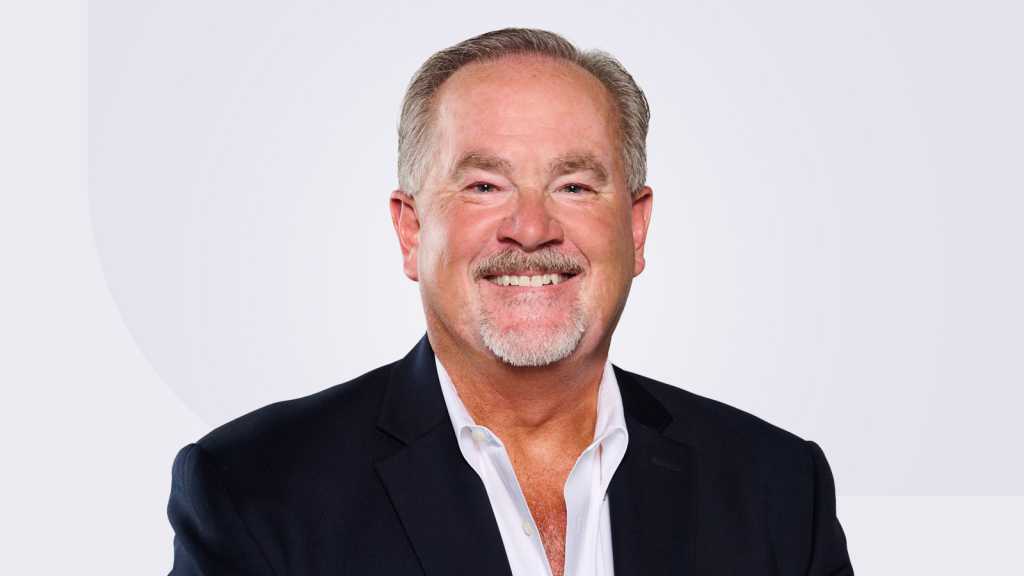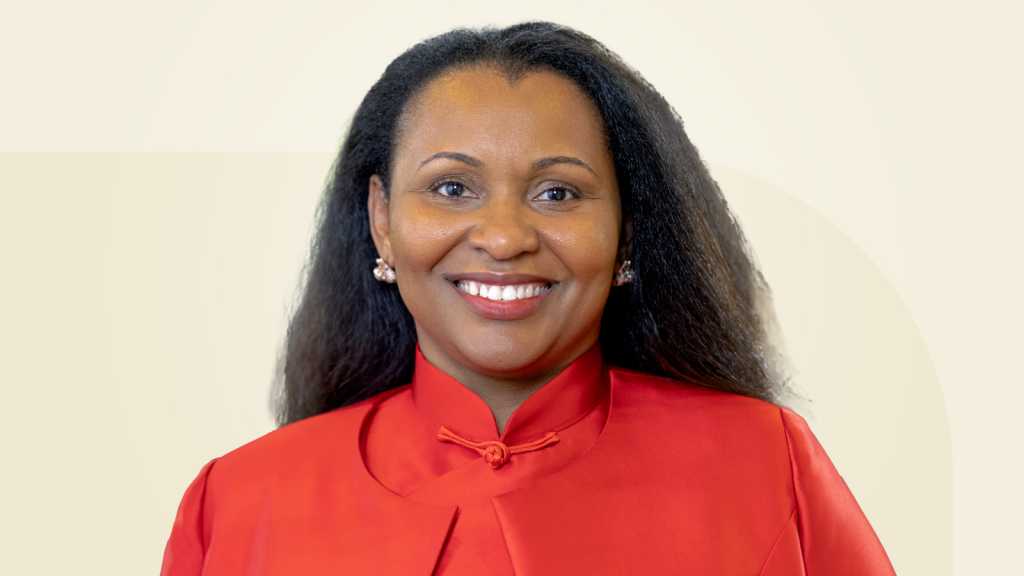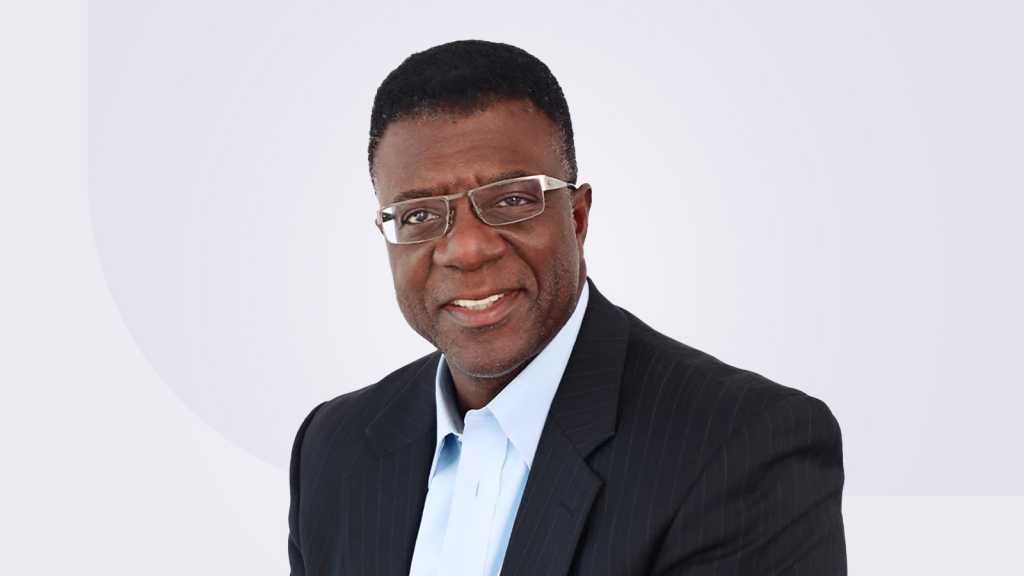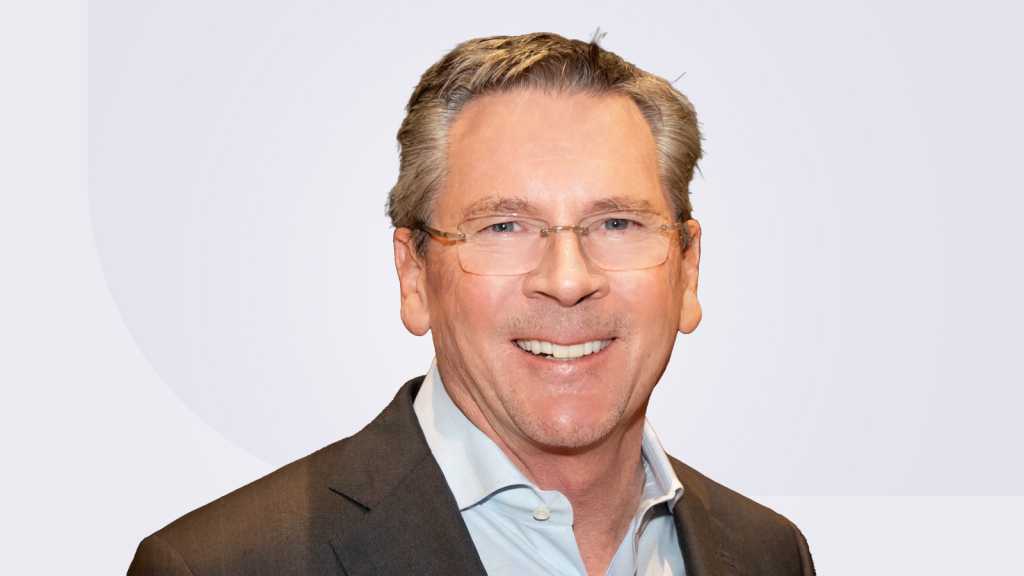What does it take it to build and lead a resilient technology organization, spearhead ambitious digital transformations, and deliver game-changing value again and again? For truly great CIOs, it all starts with people.

Over the past three years I’ve had the great fortune to sit down with some of the top CIOs in the industry for candid conversations on the Tech Whisperers podcast and in this column. These executives have opened their leadership playbooks and shared lessons from career journeys that, taken in whole, illuminate a clear path to greatness in IT.
One key theme in common among these conversations has been the importance of “Developing the Human Side of Technology,” a phrase our firm, Ouellette & Associates, coined back in 1984, when doing so wasn’t something people in IT were really talking about. Fortunately, there were enough forward-thinking leaders who “got” it, helping to propel the message forward, and now, more than 40 years later, the notion of developing the human side of the equation seems almost prophetic. Based on the experiences of the best CIOs around, it’s certainly never been more relevant.
Among the most popular interviews from this column since 2022 have been my conversations with Unisys CTO Dwayne Allen, Collins Aerospace VP of Digital Technology and CIO Mona Bates, FedEx CIO Rob Carter, Abbott Global CIO and VP of Business and Technology Services (BTS) Sabina Ewing, CIO legend Andi Karaboutis, and NTT Data North America CIO Barry Shurkey. There are three clear themes underpinning these six interviews:
- People-first leadership: Great tech leaders know technology scales only when people feel seen, invested in, and empowered. That’s why they make “people” the first pillar of their strategy.
- Business-value orientation: They resist “shiny object syndrome” and focus on connecting technology to the business and driving outcomes. They aren’t looking for a seat at the table; they’re leading the conversation because they’ve built up the credibility and trust of their business colleagues.
- Intentional communication and culture: They’re storytellers and culture-builders who recognize you can’t make great things happen without creating a compelling vision and bringing everyone on board to execute big, bold agendas.
These interviews remind us that technical/digital savvy is table stakes. Nobody’s getting into the CIO or CTO seat without the chops. What separates the great leaders — the ones who create lasting impact — are the differentiators on the human side.
Below are highlights from these six “best-of” interviews in our series. A huge thank you to all of the great leaders who’ve generously shared their insights, leadership philosophies, lessons learned, and advice.

Barry Shurkey, CIO, NTT Data North America
Barry Shurkey / NTT Data North America
Dan Roberts to Barry Shurkey: We both share a passion for developing ‘the human side of technology.’ Why is this people-first approach important to you, and what does that look like?
As a leader, being strategic about your workforce is critical to your overall success. Specifically in terms of my role as CIO, I believe IT is made up of three things: people, technology, and processes. And if you invest in the people, then the technology and processes will come easily. Because when you’ve got people at the forefront of your strategy, they’ll take care of the technology for you, and they’ll make the business processes work for you.
Any time I’ve started anything associated with IT, I’ve invested in the people first. That encompasses a number of things: making sure we have the right skills and competencies for the roles we need to fill; tailoring learning and development for individual team members; creating opportunities for cross-training and cross-functional rotations, promotions, and career growth. Anything associated with how I’m going to get things done, whether it’s retooling, retraining, upskilling, or communications, I invest in people first.

Sabina Ewing, SVP of business and technology services and CIO, Abbott Laboratories
Abbott Laboratories
To Sabina Ewing: You’re extremely intentional about workforce strategy. Why did you decide to make it the No. 1 pillar of your overall strategy?
The reason it’s No. 1 is I can’t do this by myself, so I need to make sure I’m investing in the folks that actually make it happen. The other piece is the bold transformation that we’re going after and the strategy sessions that we’ve put forth. My mantra is, I play to win. As a function of that, I need to have my distribution curve from a performance perspective skewed to the right. And as a function of that, I have to not only invest in or hire people; I have to invest in the people that I have today. One of our partners mentioned that it cost six times more to bring someone from outside into a company and get them to a certain capability and operational level versus investing in the people that you have.
It’s also about making sure we’re creating a culture of performance. When we think about top athletes, they step their game up when they’re playing with other extraordinary individuals. You’re as good as the top five friends you spend most of your time with, so when they’re going after it, you’re going to do the same. Everybody focuses on high potential people and dealing with their lowest performers, but for me to skew to the right, I have to move all the people in the middle into a different position in terms of their capabilities.

Mona Bates, VP of digital technology and CIO, Collins Aerospace
Mona Bates / Collins Aerospace
To Mona Bates: What investments you are making in your people to position them for the future, while also positioning Collins as a digital employer of choice?
I deeply believe nothing is possible without great talent and a unified team that is highly engaged, believes in the mission, and understands clearly what we’re trying to accomplish. Without that we cannot be successful. With that comes a responsibility to invest in our people. We have an enduring goal — one that’s been on my list of goals for many years — around attracting, retaining, and developing talent. Every single year we evolve the roadmap and the initiatives under this goal.
As an example, this year we’ve started a program called Tech Tracks… We are able to nominate about a dozen shining stars — our technical leaders of the future — to a cohort. The program gives them the opportunity to dedicate time during their day on developing new technical skills. It gives them the opportunity to work on projects they don’t necessarily get to work on in their daily job. It also gives them the opportunity to shadow other technical leaders. That on-the-job learning and deliberate transfer of knowledge is a big characteristic of the program. It came from us saying, let’s start our own. Let’s find new, creative ways to invest in and help develop our people.
We’ve also doubled down on our Fellows program. When I came to Collins, we had one Fellow, who was trying for years to get more energy around the program, and I thought, why not? How could this not be a focus? Digital as a technical function needs to be more actively engaged in the Fellow program. So, again, we partnered with our vice president of engineering. Last year we graduated four additional fellows, and the pipeline is deep.
It’s incredibly important that we develop our technical leaders, but also our people leaders for the future.

Dwayne Allen, SVP and CTO, Unisys
Dwayne Allen / Unisys
To Dwayne Allen: Integral to your success as an executive is your ability to deliver what you describe as ‘value without boundaries or limits.’ Can you talk about how aspiring leaders can learn to achieve that?
I see it as multidimensional competence, but it starts with the core. You have to start with our IT expertise, because that’s why we were hired, so you must be good at what you do, and that includes staying current on what’s going on, from cloud to cyber to ChatGPT or whatever the relevant emerging trends are at the time. You must be familiar with your business and how IT can help them meet their strategic goals.
Next comes industry experience. I’ve been in four industries, but while I was at Microsoft, I served several more — healthcare and retail, for example. So that IT expertise gets bundled with a variety of industry experiences, which enables us to really get to understand different ways value can be delivered, because you are leveraging what you’ve learned in one industry as you move to the next. So when I moved from banking to manufacturing to learn the differences in terms of supply chain, inventory, sales, how they go to market, warranties and so forth, I felt a different type of growth.
The next layer is a bit of a strategic orientation. So, it’s not just my IT expertise and the industries I’ve been in, but also how that enables original thought and ideas. Sometimes others in the business won’t expect those ideas from the IT executive, but you now know enough to say, ‘Why don’t we consider doing this?’ Maybe you don’t initially get the credit, but you start to recognize, I’ve got more in this brain than just IT stuff. So, it’s developing the strategic orientation. Again, being in the right environment helps enable this, so I am fortunate to be at Unisys, especially with the energy of our new brand.
The final piece is business acumen, which is where you start speaking the language of the business. You start talking to them in their terms — and it throws them off at first because they will expect you to talk about technical features and performance, but as you start talking sales, profit margin, and customer retention, you are building a deeper connection.
To Mona Bates: Why is it important to show up as a business leader first and technology leader second?
It’s a great opportunity for us as CIOs to bring the solutions the business needs most to address our biggest challenges. Just connecting the dots as to where the need is, makes the investment a little bit easier to justify, because we’re not investing for the sake of technology. We’re investing to solve a business problem. And if we connect these dots and articulate the value, that makes it a little bit easier to justify and sell the idea and the business case.
But it isn’t always easy. In some cases, there are other things we need to prioritize for investment. So it’s equally important to realize maybe this idea needs to take a back seat at the expense of another idea that has higher priority or drives the highest value. It’s a consistent trade-off in where we prioritize investment to drive the highest results.
Building this muscle comes with repetition. I’ve been told ‘no’ many times. You just have to be persistent when the idea is strong, and if people are not seeing it your way, maybe you did not communicate the business case as clearly as you should; so try again. But you also have to understand when it doesn’t make sense because of other priorities. It’s a trade-off, and we improve every time we pitch a big idea.

Andi Karaboutis
Andi Karaboutis
To Andi Karaboutis: How did you approach strategic communications with those large, globally dispersed organizations you led?
Make it simple. Detail the steps, connect to the why, and constantly stay connected. A good example is one we talked about in the podcast, the Monday Minute that I started doing at National Grid. No matter where I was, every Monday I would pick up my phone and do a one- or two-minute video about what happened the previous week — where we are, congratulating any key launches, things like that. In my six years at National Grid, even when I was on safari in Africa, I missed only one or two weeks of doing the Monday Minute.
The goal was to stay connected and let people know that I’m there, that there are layers and geographies that separate us from a day-to-day relationship, but I want you to know what’s going on. Authenticity, transparency, and connecting, they’re all things I crave, and therefore, I try to give it as well. It’s a commitment, but people look forward to it. When I was leaving, they made a compilation of ‘Andi’s Monday Minutes, from Africa to Antarctica.’

Rob Carter, EVP and CIO, FedEx
Rob Carter / FedEx
To Rob Carter: You talk about how tech is a people business. Can you expand on that and how this emphasis came about?
It became clear to me early on that the problem with most technologists and technology leaders is that they believed that the speeds and feeds in the machine in the back was what the conversation was all about. That was never what the conversation was about. Those were just enablers. It always takes people to make great things happen.
When I was learning and growing as a manager, and eventually as a director, I realized these people didn’t have any fun. So on a Friday, we’d say, ‘Bring your family,’ and there would be 300 of us out at a big picnic playing volleyball and doing the Macarena. We’d go fishing, we’d have bowling leagues, and we’d celebrate the people.
The beginning of my mantra is ‘work hard,’ but what follows is ‘lead a balanced life.’ People respond to that. And it’s still true to this day when you see what I would call average to subpar technology leaders. They’re too focused on the tech. They’re not focused on the people that make it happen.
It’s a little bit like that conversation you and I had about the tale of two CIOs, where one leaves a wake of bodies in their path and maybe accomplishes something for a while, but it’s not lasting. If I get the luxury of being an example of the other CIO, then this quote becomes the hugest part of that. This is a people business, and it includes those external relationships. That was something I learned from Dennis [Jones, Carter’s predecessor at FedEx], because I had a couple of bosses before that who said, ‘You just don’t need to waste your time talking to these vendors.’ Well, these are people, too, and they actually have good ideas, and the reason that their companies have been so impactful is because they’re changing the world.
To Barry Shurkey: You are an inspiration and a mentor to many current and up-and-coming leaders across our industry. What’s one piece of advice you’d want to leave them with about being a successful leader?
Remember that leadership is an opportunity, and you are choosing to perform the role. With that in mind, I always think of what Captain Miller said to Private Ryan in one of the final scenes of Saving Private Ryan: ‘Earn this. Earn it.’ If you approach leadership that way every day, you will be successful for your team and clients. Just as important, it will bring you so much joy and fulfillment as a leader, you’ll think, I can’t wait to start the next day.
Also, truly being a successful leader comes down to having emotional intelligence, giving all of yourself to every interaction you have with your team members, and having a successful partnership with your business. The last thing I would say to them is this: Have fun while doing it. People love to be around leaders who create positive energy.










